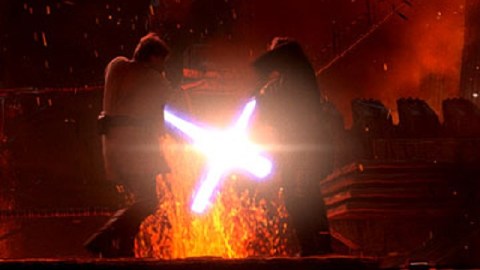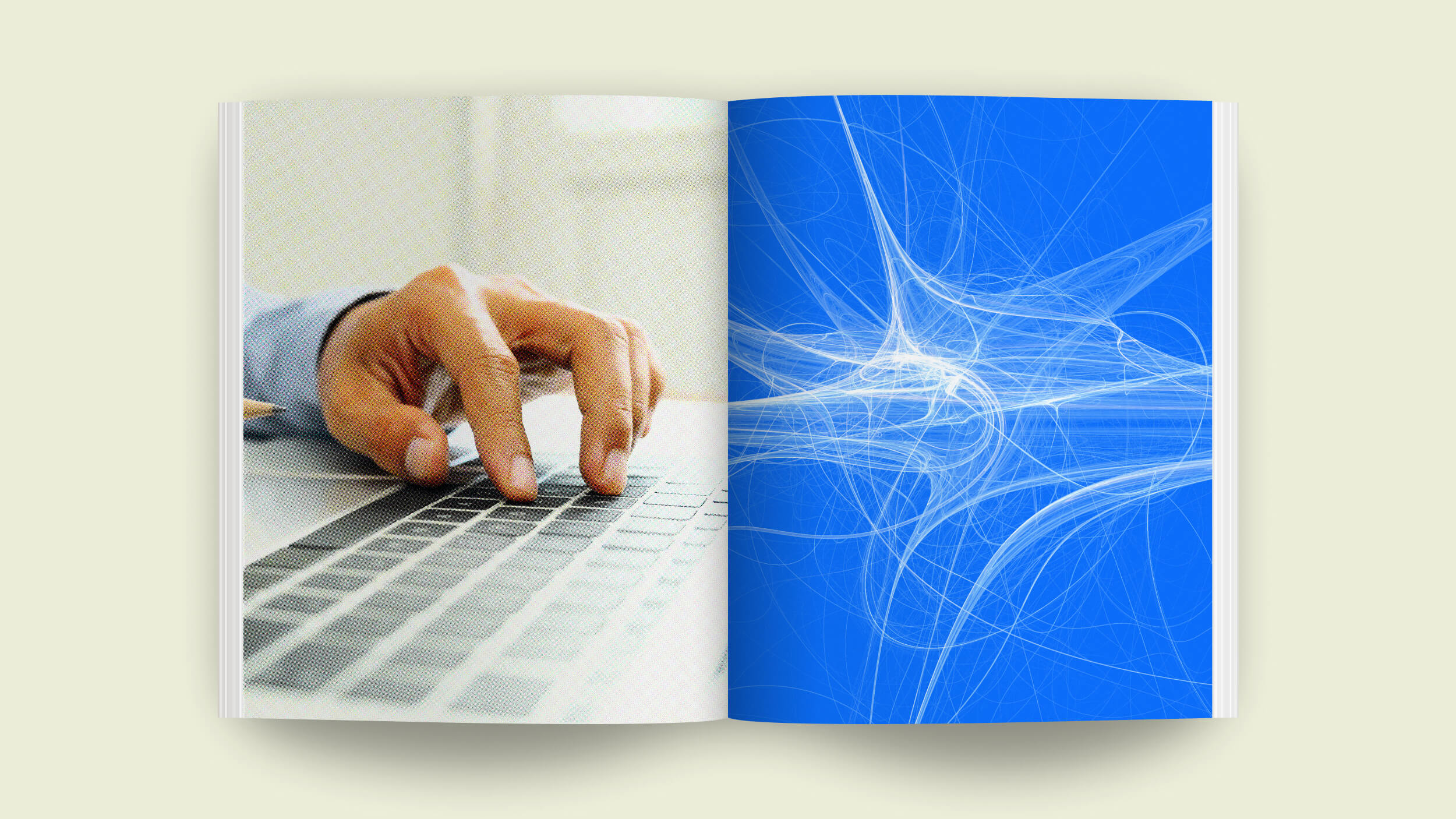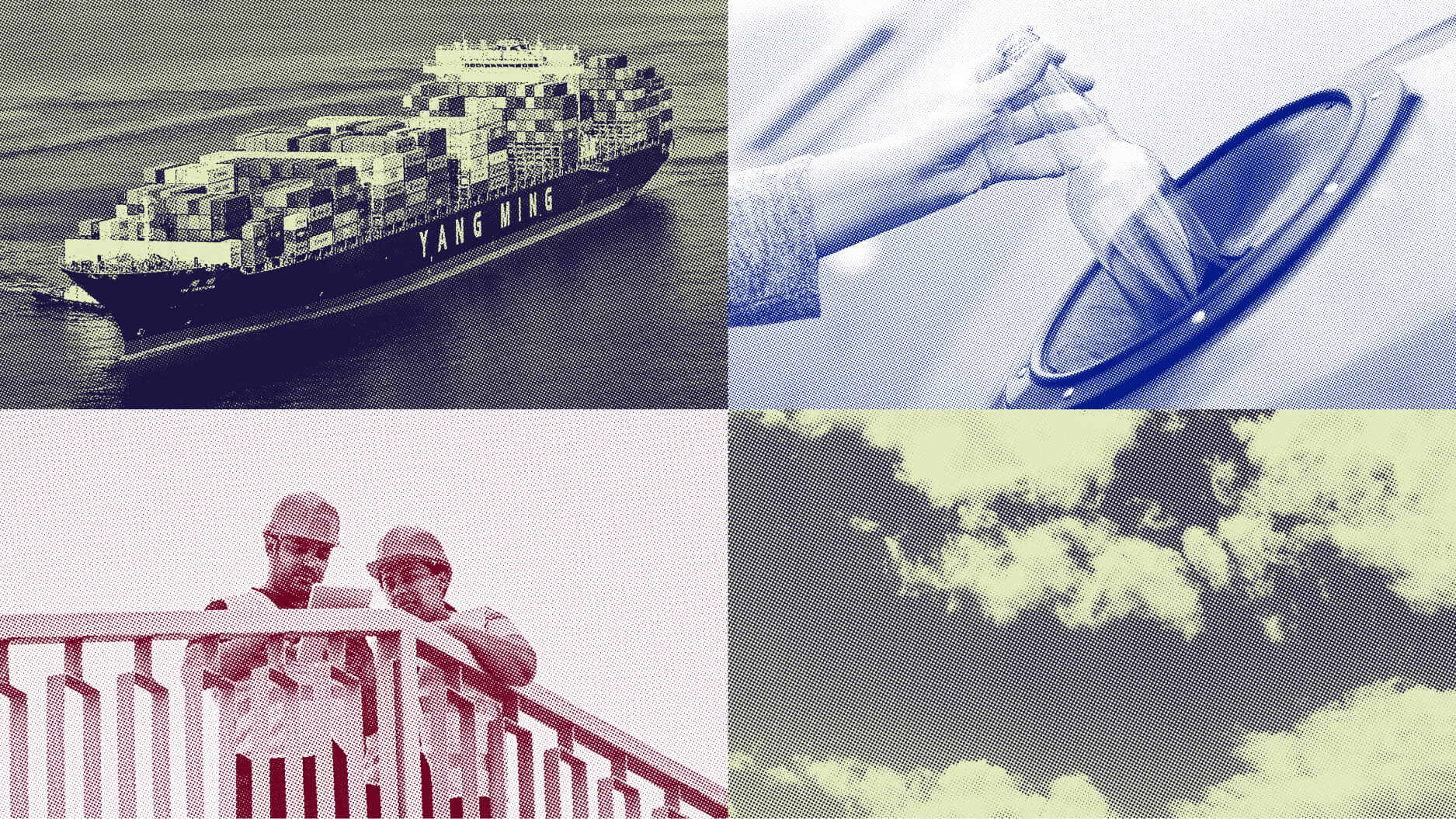Is George Lucas the Greatest Artist of Our Time?

Most short lists of greatest living artists will have names such as David Hockney, Gerhard Richter, (BigThink.com’s own) Ai Weiwei, Cindy Sherman, Damien Hirst, or Jeff Koons. But who would put filmmaker George Lucas at the top of that list? Critic and cultural agent provocateur Camille Paglia does in her latest book, Glittering Images: A Journey Through Art from Egypt to Star Wars. Part manifesto, part idiosyncratic beginner’s guide to art history, Glittering Images is, in Paglia’s words, “an attempt to reach a general audience for whom art is not a daily presence,” but for whom “[t]he only road to freedom is self-education in art.” In elevating Lucas to the top tier of artists, Paglia hopes to tap into “the force” that is popular culture and erase the culture boundaries that keep the elites in and the rest out.
“How to survive in this age of vertigo?” Paglia asks in her polemical introduction. Although “[t]he exhilarating expansion of instant global communication has liberated a host of individual voices,” Pagila argues, it also “paradoxically threaten[s] to overwhelm individuality itself.” To save individuality, we turn to the arts, but Paglia sees the arts turning away from us. She sees an art world establishment “suffer[ing] from a tragic complacency about the current status and prestige of art.” Since the end of Pop Art, no “galvanizing new style” rose to take its place. “Art makes news today only when a painting is stolen or auctioned at a record price,” Paglia laments, before setting off to reclaim the spirit of art stolen (or purchased) from the masses.
“American schoolchildren are paying the price for the art world’s delusional sense of entitlement,” Paglia accuses, perhaps blaming the victim, but at least making the larger point of a disconnect between the too-often rarified world of art museums and the everyday life of people. How do we reconnect art and people? Technology, Paglia answers. “The creative energy of our era is flowing away from the fine arts and into new technology,” Paglia believes, hence the overflowing praise for the cutting edge filmmaking technology of George Lucas, which reaches a climax in the visuals of Obi-Wan Kenobi and Anakin Skywalker’s duel on the volcano planet Mustafar in the 2005 film Star Wars Episode III: Revenge of the Sith (shown above).
But before Paglia arrives on hellish Mustafar, she makes a five-millennia pilgrimage through art history starting with Queen Nefertari and the Goddess from Nefertari’s tomb in the Valley of the Queens, circa 13th century BCE. Following Paglia around as she picks and chooses objects as landmarks to trace the trajectory of art history itself is like being kidnapped by a brilliant rogue museum guide with access to every art museum on Earth. For every nod to conventional art history (Laocoön and His Sons or Picasso’s Les Demoiselles d’Avignon), Paglia makes an unconventional choice such as Eleanor Antin’s 100 Boots or John Wesley Hardrick’s Xenia Goodloe. However, Paglia consistently makes interesting points about the works she selects. Considering a Cycladic figurine from 2800 BCE, Paglia asks, “What if an entire civilization disappeared and left only hidden hoards of stone dolls?” “So much pretty motion,” Paglia later says of the French Rococo, “and yet so much golden paralysis.” A discussion of Caspar David Friedrich’s The Sea of Ice sails past Beckett’s Waiting for Godot, Rene Magritte, and Hokusai’s The Great Wave before crashing into the Titanic. Writing in a personal, unapologetically opinionated style patterned on her admitted influences Walter Pater and John Ruskin, Paglia never fails to intrigue, infuriate, or both.
Where Paglia—the infamous culture war bomb-thrower—really launches her missiles is in talking about feminism in art. Ever since her 1990 breakthrough book Sexual Personae: Art and Decadence from Nefertiti to Emily Dickinson, Paglia’s been a loud, unconventional voice in the American feminist dialogue. In Glittering Images, Paglia forgoes mainstream feminist favorite Frida Kahlo and “her folkloric themes, her militant Communism, her marital humiliations, and her ailments, accidents, and surgeries, which she graphically detailed in grisly paintings of symbolic martyrdom,” in favor of Tamara de Lempicka’s Art Deco cool. Similarly, Antin becomes the anti-Judy Chicago, with 100 Boots stomping out The Dinner Party’s “florid, vulval table settings” by merit of Antin’s avoidance of the “doctrinaire victimology” and “lugubrious excess often marring feminist productions” of Chicago’s heyday. Paglia picks a fight she may not win, but at least by picking a fight, she starts a conversation.
By the time you arrive on Lucas’ volcano planet, his ascension seems almost inevitable. “No one has closed the gap between art and technology more successfully than George Lucas,” Paglia announces unequivocally. “He is a man of machines yet a lover of nature, his wily persona of genial blandness masking one of the most powerful and tenacious minds in contemporary culture.” Again, Paglia picks a fight she may not win, but the ensuing debate’s worth the momentary battle.
Camille Paglia’s Glittering Images: A Journey Through Art from Egypt to Star Wars may not convince you of George Lucas’ greatness, but it will at least get you thinking about the current state and uncertain future of the arts in American. “In the twenty-first century, we are looking for meaning, not subverting it,” Paglia writes. “The art world, mesmerized by the heroic annals of the old avant-garde, is living in the past.” Paglia calls for the art establishment to live in the present and be present in a meaningful way for today’s generation. Technology stands as the key to establishing a relevance in today’s vertiginous world. Although Paglia dizzies you with her erudition and unconventionality in making that case, it’s well worth considering how the art of the present—even in “lowbrow” popular film—might be the answer to saving both the “highbrow” culture of the past and the minds of the future.
[Image:Obi-Wan Kenobi and Anakin Skywalker duel on Mustafar in George Lucas’ film Star Wars Episode III: Revenge of the Sith (2005). Image source.]





